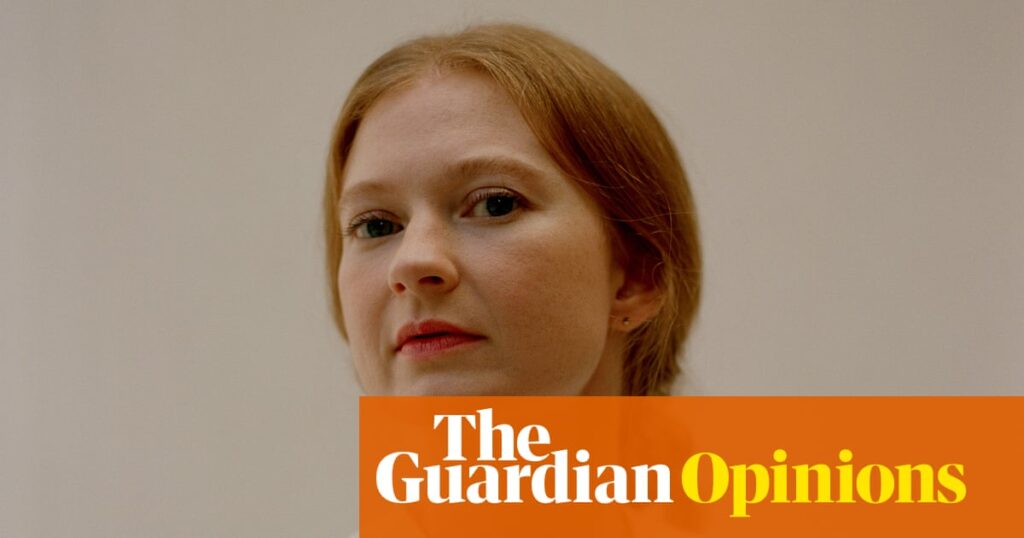
As the planet faces unprecedented environmental challenges, the question of whether to bring new life into the world is becoming increasingly complex. This dilemma is at the heart of antinatalism, a philosophy that questions the morality of procreation. While exploring this controversial ideology, I discovered that it is often misunderstood and stigmatized, yet it offers a profound perspective on reducing suffering in the world.
Initially, I approached antinatalism with skepticism, associating it with fringe groups and provocative thinkers. The movement’s most prominent academic, David Benatar, author of The Second Sexism: Discrimination Against Men and Boys, seemed to reinforce my preconceptions. However, as I delved deeper, I realized that antinatalism is underpinned by a compassionate desire to minimize suffering.
Understanding Antinatalism
Antinatalism posits that bringing new humans into existence inevitably contributes to suffering. Proponents argue that while life includes joy and fulfillment, it also entails unavoidable pain and hardship. This perspective challenges conventional beliefs about the value of human life and the moral imperative to procreate.
According to a 2021 Ipsos report titled Perils of Perception: Climate Change, one of the most impactful actions individuals in affluent countries can take to reduce their carbon footprint is to have fewer children. This notion aligns with antinatalist thinking, which critiques the idea of individual responsibility for climate change—a concept popularized by corporate interests to deflect attention from major polluters.
The Taboo of Questioning Procreation
Despite its philosophical roots, antinatalism remains a taboo subject. It challenges deeply held beliefs across religions, economic systems, and personal desires. Most societies are built on the premise of population growth, which supports economic expansion and cultural continuity. Questioning the morality of procreation disrupts these foundational assumptions.
While society has begun to accept maternal ambivalence and the childfree movement, these discussions focus on personal choice rather than moral obligation. Antinatalism, however, asks whether creating new life is inherently ethical, a question that many find unsettling.
Pronatalism on the Rise
In contrast to the taboo surrounding antinatalism, pronatalism is gaining traction in mainstream discourse. Influential figures like Donald Trump, Elon Musk, and JD Vance advocate for policies that encourage higher birth rates. For instance, a recent Department of Transportation memo prioritized projects in communities with above-average marriage and birth rates. Additionally, the USAID program’s controversial decision to incinerate a $9.7 million supply of contraceptives highlights a push towards pronatalist policies.
In Australia, the political climate reflects a similar tension. Young activists like Anjali Sharma are challenging the government to address climate change, yet systemic change remains elusive. The approval of new coalmines by the federal environment minister since May 2022 contradicts the nation’s purported commitment to future generations.
The Compassion of Antinatalism
Despite its controversial nature, antinatalism offers a compassionate framework for addressing global challenges. It emphasizes reducing harm and suffering, advocating for a world where fewer people endure the hardships of existence. This philosophy encourages a reevaluation of societal priorities, urging a shift from unbridled growth to sustainable living.
Ultimately, the debate between antinatalism and pronatalism reflects broader societal conflicts about the future of humanity. As environmental and social pressures mount, these discussions will likely become more prominent, challenging individuals and policymakers to reconsider the ethical implications of bringing new life into a world fraught with challenges.
While antinatalism may remain a taboo subject for now, its core message of compassion and responsibility offers valuable insights into the choices we make for future generations. As we navigate an uncertain future, these ideas may provide a crucial lens through which to view our collective impact on the planet.







